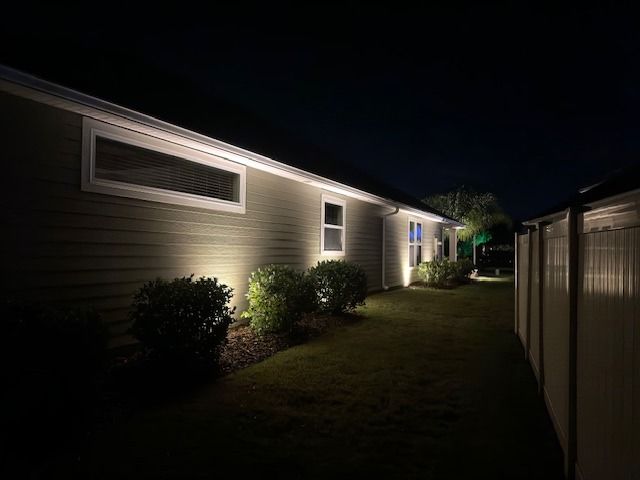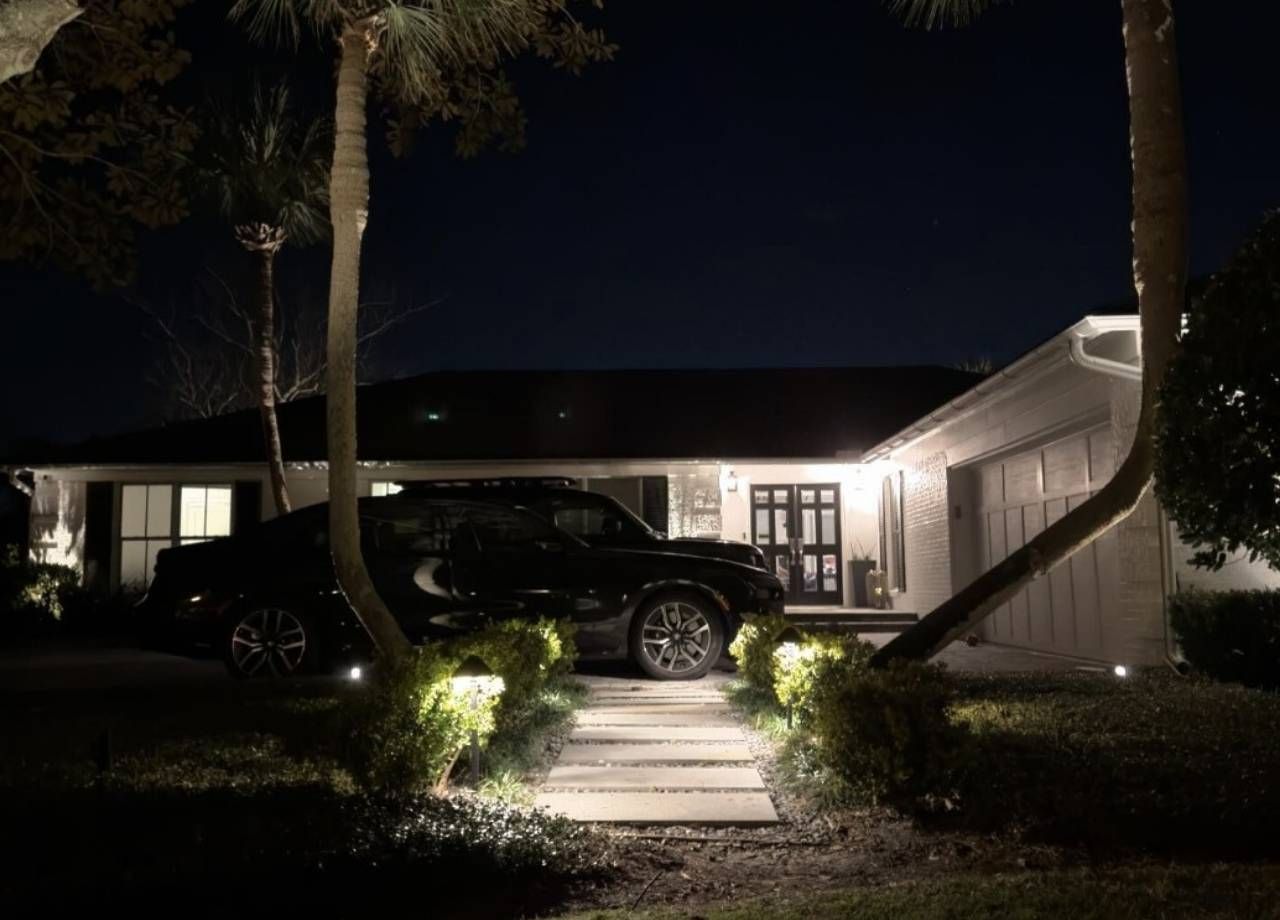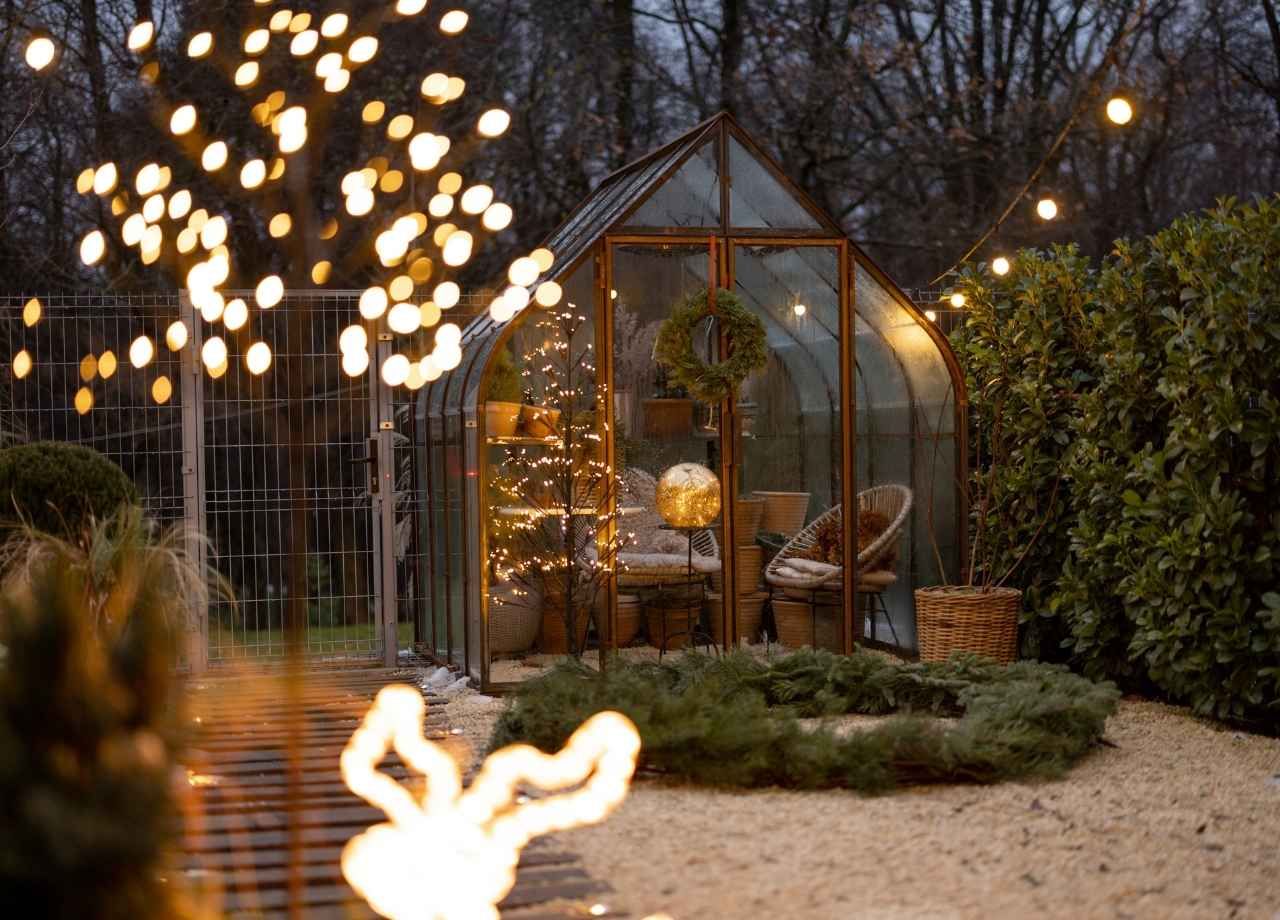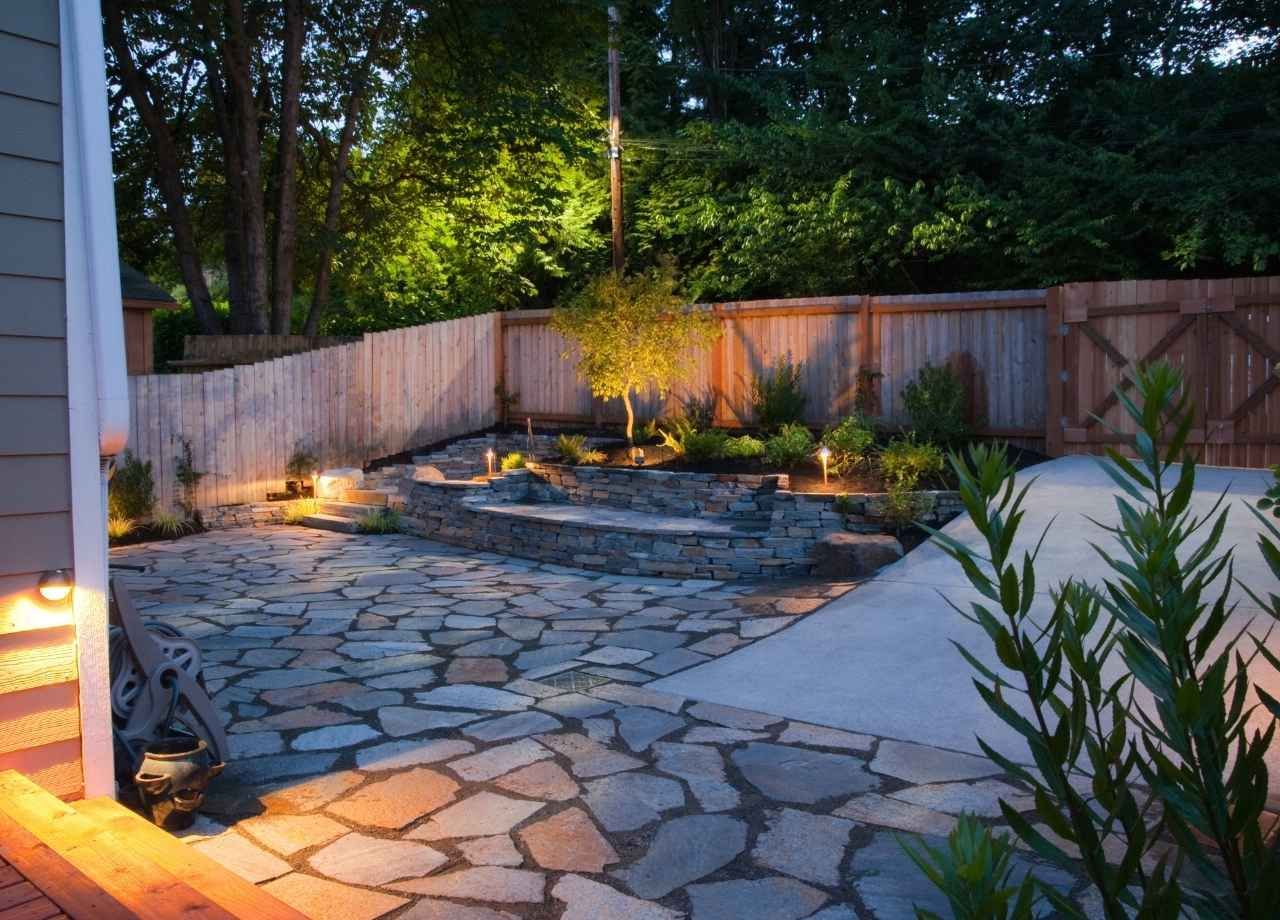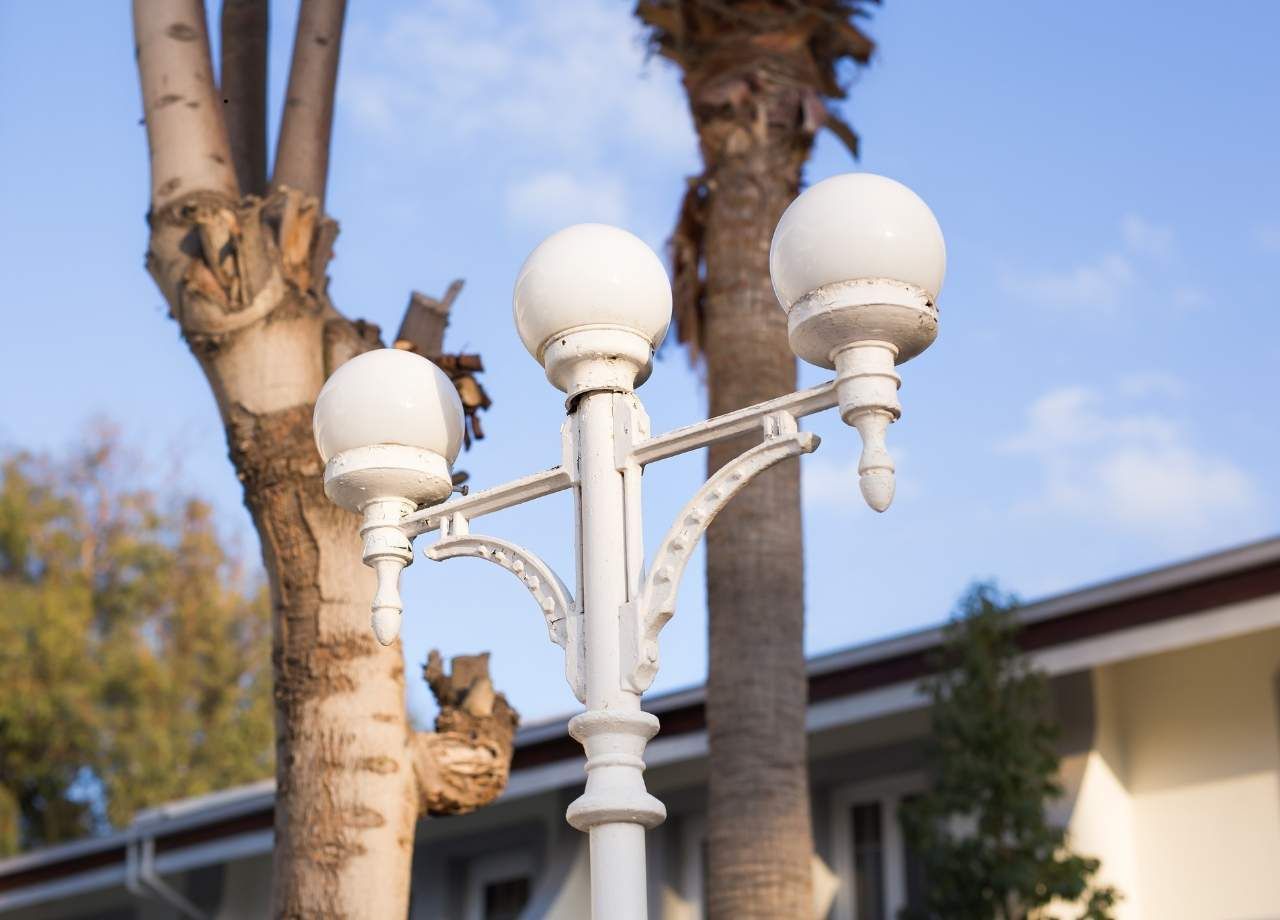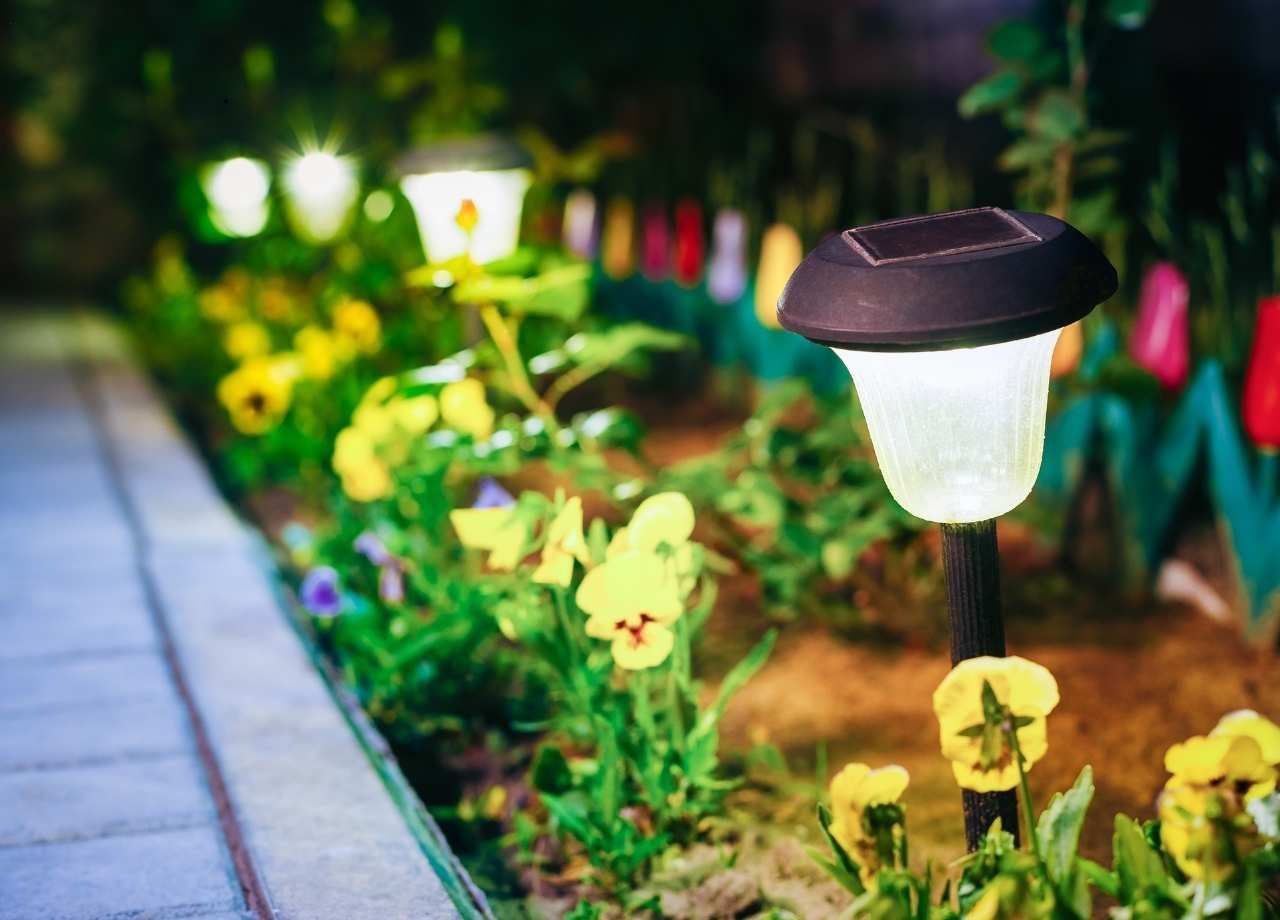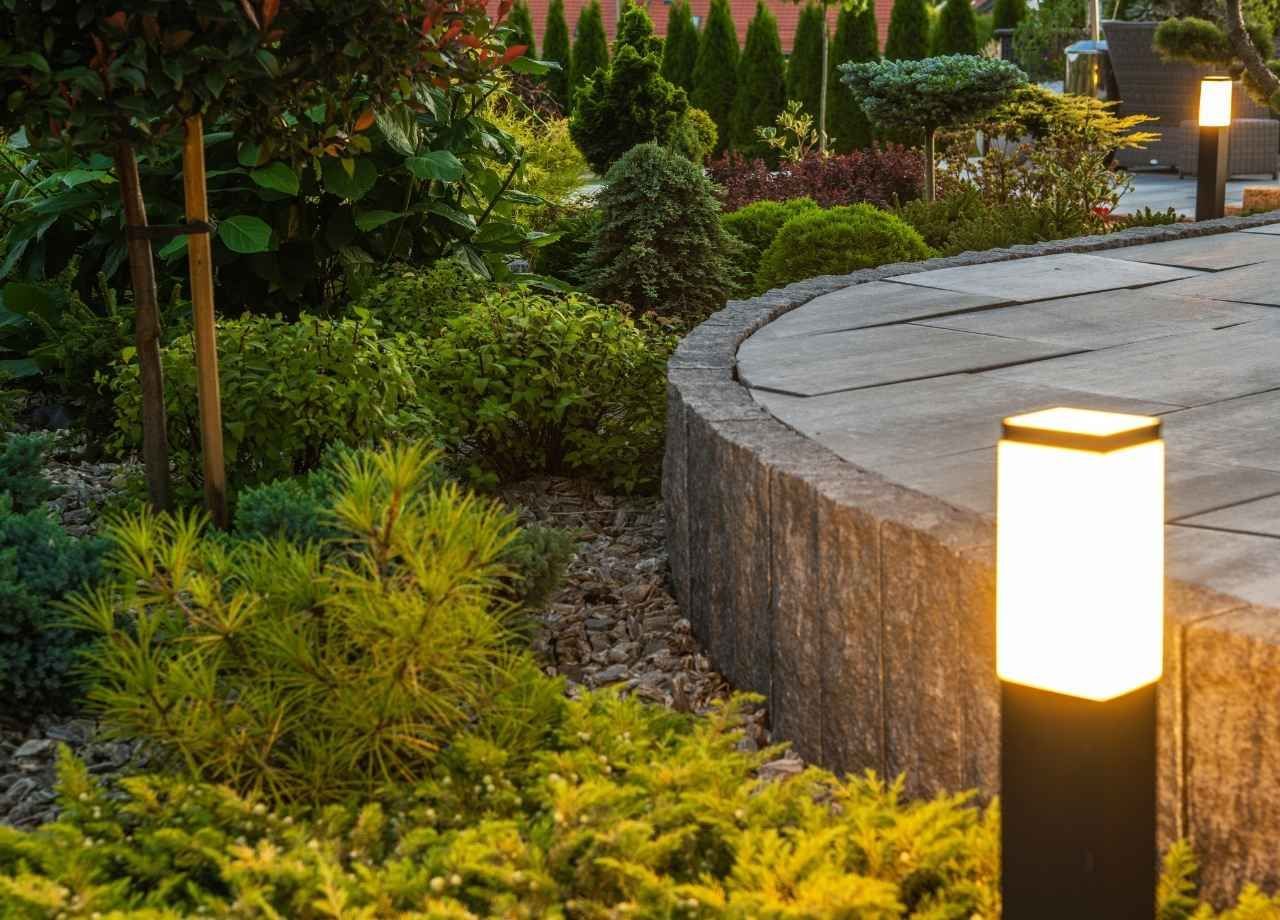Top Exterior Lights to Improve Safety and Curb Appeal
Outdoor lighting is more than a finishing touch. It plays a central role in how a property looks and how well it functions after dark. The right lighting design enhances beauty, improves safety, and makes a home or business stand out without feeling overdone. At Aloha Outdoor Lighting, we specialize in customized lighting solutions that achieve all three goals using professional-grade fixtures, efficient LED technology, and thoughtful placement.
When it comes to selecting the right exterior lights, it's important to focus on fixtures that deliver both form and function. With so many options available, knowing which types of lights offer the best return in terms of safety and curb appeal can help guide smart decisions. Here's a breakdown of the top exterior lighting types that consistently outperform others in residential and commercial settings.
Pathway Lighting
Well-lit walkways immediately communicate that a property is maintained and cared for. Pathway lights guide guests safely to entry points, help prevent trips and falls, and give landscaping a polished, intentional look. LED path lights, installed along walkways, driveways, and garden beds, create subtle lines of light that look elegant without being intrusive. Modern fixtures offer low-profile designs that blend into the surroundings during the day and perform beautifully at night.
The placement of path lighting matters just as much as the fixtures themselves. Spacing should be balanced to avoid dark gaps without causing glare. In curved pathways or those bordered by planting beds, staggered placement works better than straight lines. Opting for corrosion-resistant materials ensures long-term durability, especially in coastal or humid environments like Jacksonville, Florida.
Up Lighting for Architectural Features and Trees
Up lighting adds drama and depth to a property by casting light upward onto structures or landscape elements. When used on architectural features like columns, stone facades, or entry arches, it brings out textures and shapes that might otherwise be lost in the dark. For trees and taller plantings, up lighting reveals natural silhouettes and adds height to the visual field.
This type of lighting also enhances security by removing shadowed areas around the home. Fixtures installed in the ground are angled precisely to highlight features without causing light pollution. Choosing adjustable beam spreads and color temperatures gives designers more control over the final effect. Cooler tones accentuate stone and concrete, while warmer tones work better on stucco or wood siding.
Down Lighting for Subtle Illumination
Down lighting mimics the effect of moonlight and creates a soft, natural-looking glow. It works especially well for illuminating patios, decks, driveways, or garden areas without making the space feel harsh or artificial. Fixtures are typically installed on eaves, pergolas, or tree branches, casting light downward to wash over the area below.
One of the biggest benefits of down lighting is its ability to blend into the environment. Properly shielded fixtures prevent glare and direct the light exactly where it's needed. This technique helps define outdoor living areas and increases usability after dark, whether you're hosting a gathering or simply enjoying a quiet evening outside. Integrated LED down lights require very little maintenance and provide consistent output year-round.
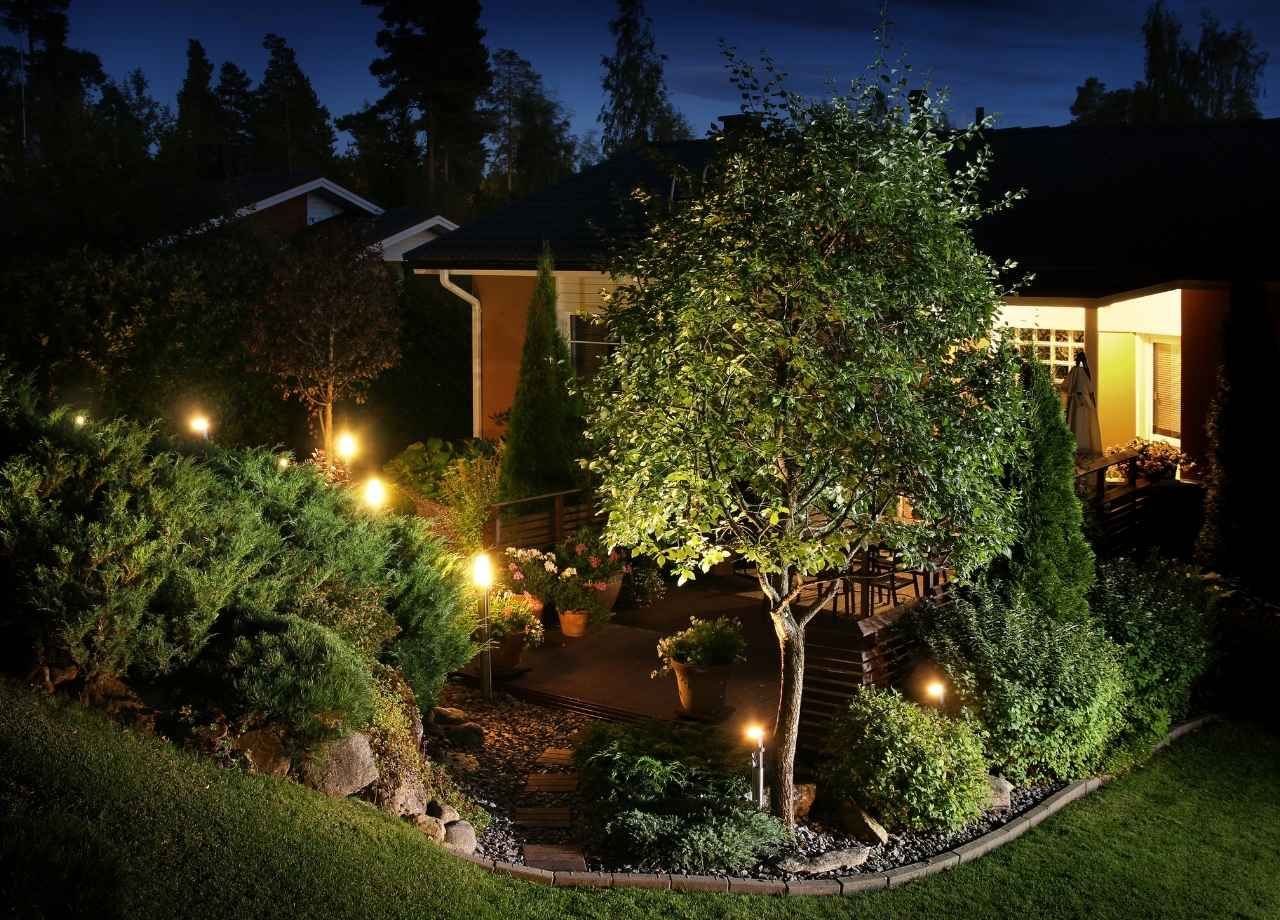
Wall-Mounted and Entry Lighting
Wall-mounted lights, especially around entry doors and garage bays, improve both visibility and appearance. These fixtures serve as a visual anchor near the home’s access points, creating symmetry and drawing attention to the front entrance. They also allow homeowners to see clearly when unlocking doors or navigating stairs.
Entry lighting should be bright enough to illuminate steps and thresholds without overpowering the area. Dimmable LED fixtures offer flexibility, while motion sensors or timers can be added for extra convenience. Matching the fixture finish with door hardware or trim elements helps tie the design together and reinforces a unified aesthetic.
Post Lights for Driveways and Perimeters
Post lights are ideal for defining the edges of a property or lighting long driveways. Taller than path lights, they cast a wider pool of light, which makes them effective for larger open areas. In addition to improving visibility for vehicles and pedestrians, they establish a sense of arrival and structure.
These fixtures can be styled to match a home's architectural design, whether traditional or contemporary. Placement should be symmetrical and mindful of sightlines to avoid obstructing views. Because they operate in exposed environments, post lights should be made from high-grade materials like cast brass or powder-coated aluminum for durability.
Flood Lights for Security and Coverage
Flood lights provide powerful, wide-angle illumination that helps secure vulnerable areas such as side yards, garages, and rear entrances. High-lumen LED flood lights can deter intruders by eliminating hiding spots and making activity visible from the street or nearby homes. These lights are often paired with motion sensors, reducing energy use while maximizing effectiveness.
While security is the primary goal, placement and aiming matter just as much as brightness. Fixtures should be shielded and angled to prevent light spill into neighboring properties or skyward. A professionally designed flood lighting system blends seamlessly into the property layout and integrates with other types of lighting to maintain visual harmony.
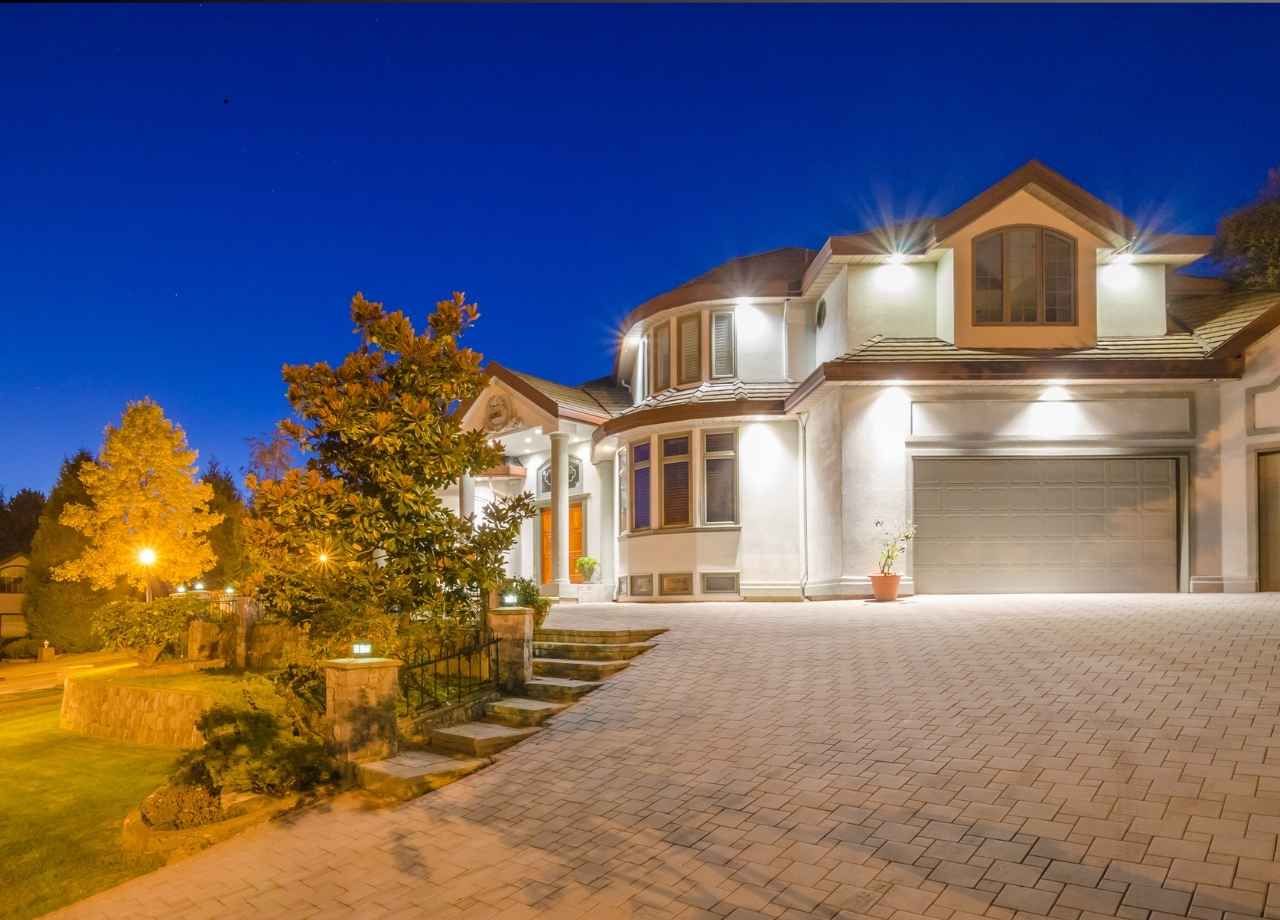
Accent Lighting for Features and Focal Points
Accent lighting draws attention to specific elements such as fountains, sculptures, or flower beds. It's the final layer in a well-rounded outdoor lighting plan, adding character and dimension without overwhelming the scene. Accent lights can be installed in the ground, mounted on surfaces, or hidden among plantings, depending on the target feature.
Color tuning and beam control are important here. Too narrow of a beam can make the feature look isolated, while too wide of a spread can wash out the detail. The goal is to frame the subject in light without stealing focus from the broader landscape. When done right, accent lighting adds a luxurious feel and helps create a curated, designer-quality appearance.
Smart Lighting Integration
Modern outdoor lighting often incorporates smart controls, allowing property owners to automate schedules, adjust brightness, or change colors with a mobile app. Smart systems improve energy efficiency and let homeowners respond quickly to changing needs, like increasing brightness when expecting guests or dimming lights for a relaxing evening.
These systems can be retrofitted into existing lighting setups or installed as part of a new design. The key is ensuring compatibility between fixtures and controllers, and setting up zones that reflect how each area of the property is used. When properly configured, smart lighting offers a seamless blend of convenience and control.
Conclusion
Every outdoor space has different needs based on its layout, usage, and architectural style. The best lighting systems don’t rely on a single type of fixture but combine several layers to achieve both safety and curb appeal. Whether you're lighting a winding pathway, showcasing a stunning tree, or protecting your home's perimeter, the right exterior lights make all the difference.
If you're ready to explore what a professionally designed lighting system could do for your property, Aloha Outdoor Lighting brings local expertise, energy-efficient technology, and tailored solutions to every project.

